Yellow Sparkler Hybrid Pepper Seeds
$7.50 Original price was: $7.50.$3.10Current price is: $3.10.
In stock
Crunchy-Sweet Snacking Pepper!
Finishes fast on widely-adapted, TMV-resistant plants!
Genus: Capsicum
Species: annuum
Variety: Yellow Sparkler Hybrid
Item Form: (P) Pkt of 10 seeds
Days to Maturity: 68
Fruit Color: Green
Habit: Vining
Seeds Per Pack: 10
Plant Height: 20 in – 24 in
Additional Characteristics: Edible
Foliage Color: Dark Green
Light Requirements: Full Sun
Moisture Requirements: Moist, well-drained
Resistance: Disease Resistant, Drought Tolerant, Heat Tolerant, Humidity Tolerant, Tobacco Mosaic Virus
Soil Tolerance: Clay, Normal, loamy, Poor, Sandy
Uses: Beds, Cuisine, Outdoor
68 days from transplanting.
Yellow Sparkler earns its name when you see these little golden bells glistening in the summer sunlight! A sweet, crunchy, sugary pepper that always delivers big yields on vigorous plants, Yellow Sparkler is destined to be one of your all-time favorites. It’s just easier, quicker, more generous, and more delicious than most others.
This sweet pepper looks a bit like a stretched-out, flattened-down mini bell pepper. The tips are blunt, and the seed cavity is nice and small. Most of the fruit is 2 to 3 inches long and about 1½ inches in diameter; enough for a few good bites, and just the right size to slice into a salad, dress a sandwich, or provide a quick vitamin C-rich snack.
Yellow Sparkler scores quite high on the Brix scale, and its texture is as satisfying as its flavor: you get a good crisp, crunchy bite from this pepper. It matures from green to yellow, and is usually ready to harvest in just over 2 months, a bit sooner than many others. The yields are quite big, too — no stinting from Yellow Sparkler!
The secret to its success is the wide adaptability and vigor of this plant. Typically reaching 20 to 24 inches high, it is highly resistant to tobacco mosaic virus (TMV), and puts up with a big range of environmental conditions. Yellow Sparkler is a pepper that will succeed where others have failed; it knows how to cope!
These peppers store well after harvest, keeping their texture and flavor nicely. Of course they can also be pickled. But they are so flavorful, chances are you’ll eat up the whole crop before you have a chance to get the water bath going to can them up!
Start seeds indoors 7 to 10 weeks before the last anticipated spring frost date. Wait until the spring soil has warmed before transplanting the seedlings, and make sure they have at least 2 sets of true leaves. Set the transplanted seedlings (or thin the direct-sown seedlings) 2 feet apart in full sun, in rows about 3 feet apart. Fertilize when the blooms appear, and water well. Fruit can be picked green and allowed to ripen and turn to yellow in a sunny window, but is most colorful and nutritious if allowed to ripen on the plant. Pkt is 10 seeds.
| Weight | 1 kg |
|---|---|
| Dimensions | 1 × 1 × 1 cm |
Be the first to review “Yellow Sparkler Hybrid Pepper Seeds” Cancel reply
Shipping is an additional 15-29 business days depending on location. Shipping time will be provided at checkout.
Returns
If seeds fail to leave China, we will refund your payment 100%. But if seeds fail to reach you due to customs problem on your side which we were not informed in advance, we will not be able to bear any loss, and no refund will be made.
We sell only viable plants seeds online, and test germination of our seeds from time to time. So we will not be able to refund for seeds that clients fail to germinate, unless we are convinced that it's truly problem of our seeds.
———
Please send us an email: [email protected] and be as detailed as possible while filling in the information.
After submission, We will reply to you within 24 hours. Please be patient.
———
CHARGEBACKS & DISPUTES
Please contact us by email before opening a merchant chargeback or payment dispute, as we can generally resolve the issue before that takes place. Any chargebacks and disputes disable our ability to issue refunds or credits due to funds being frozen.
———
REFUND, EXCHANGE AND RETURN
Customers have the right to request a refund/ return/ exchange within 14 days from the delivery date. Our Customer Service team will offer the best solutions for specific situations.
Related products
Pepper
Pepper
Pepper


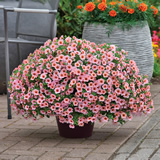
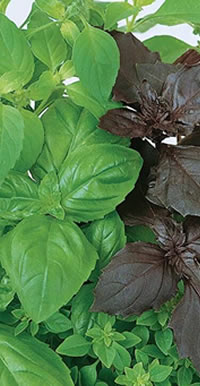
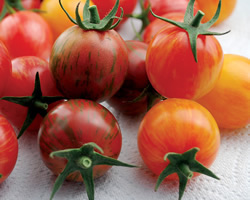
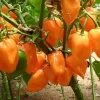
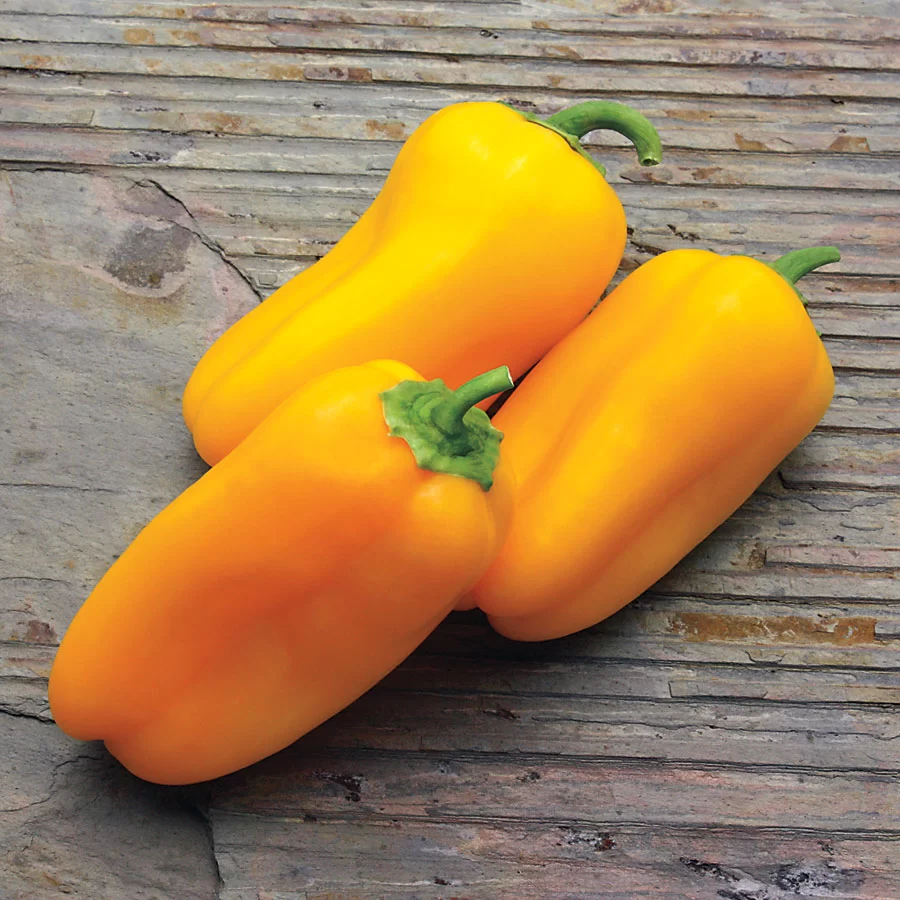
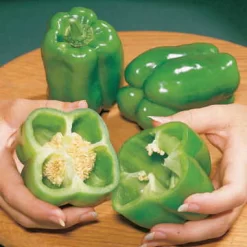
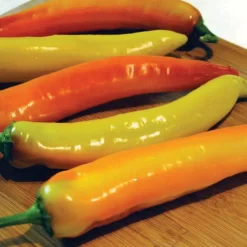
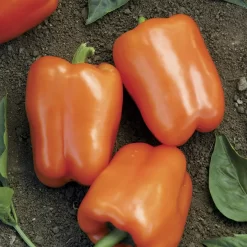
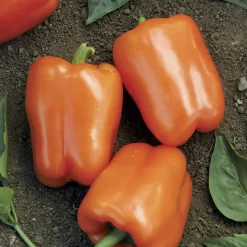
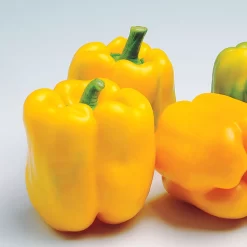
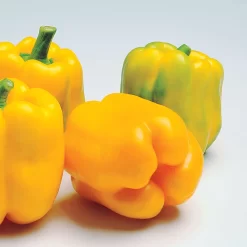
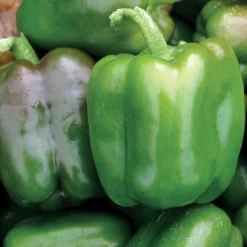
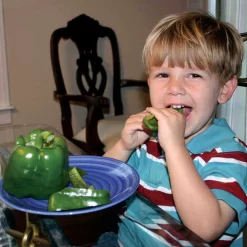
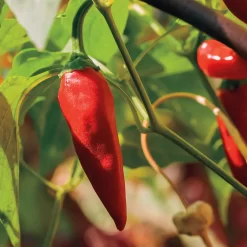
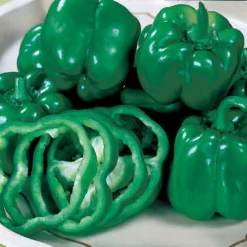
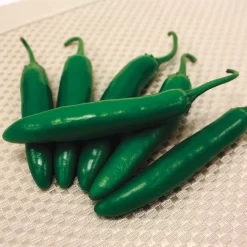
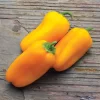
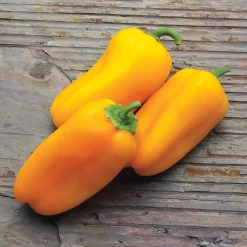
Reviews
There are no reviews yet.